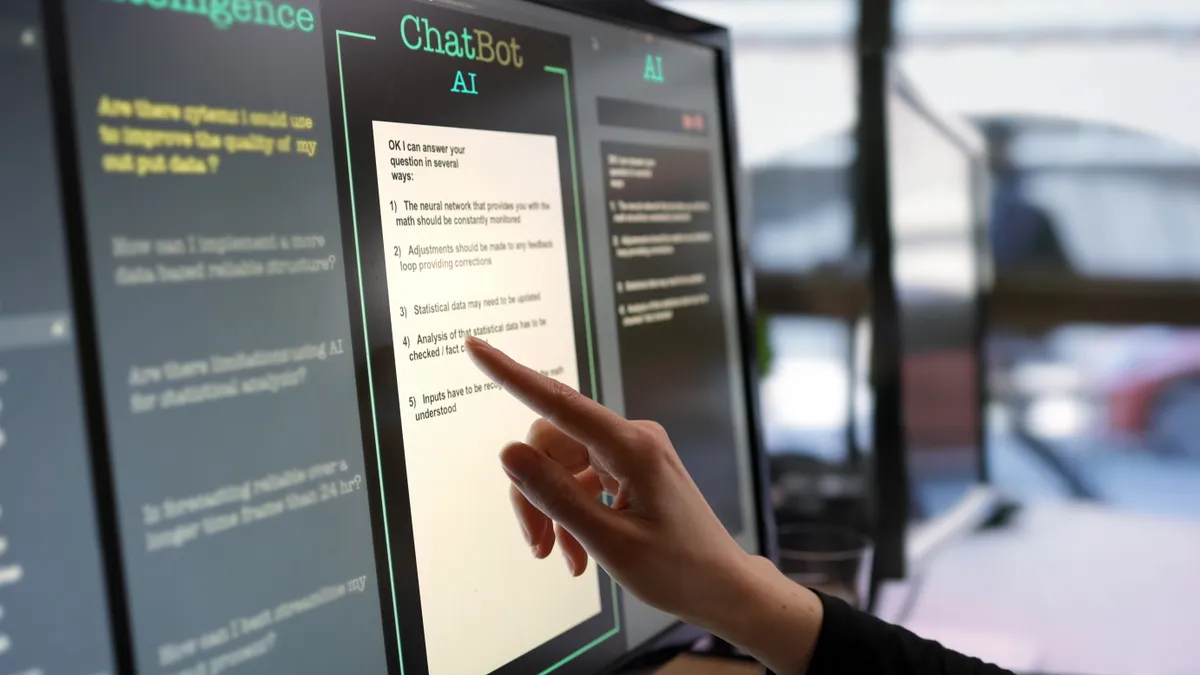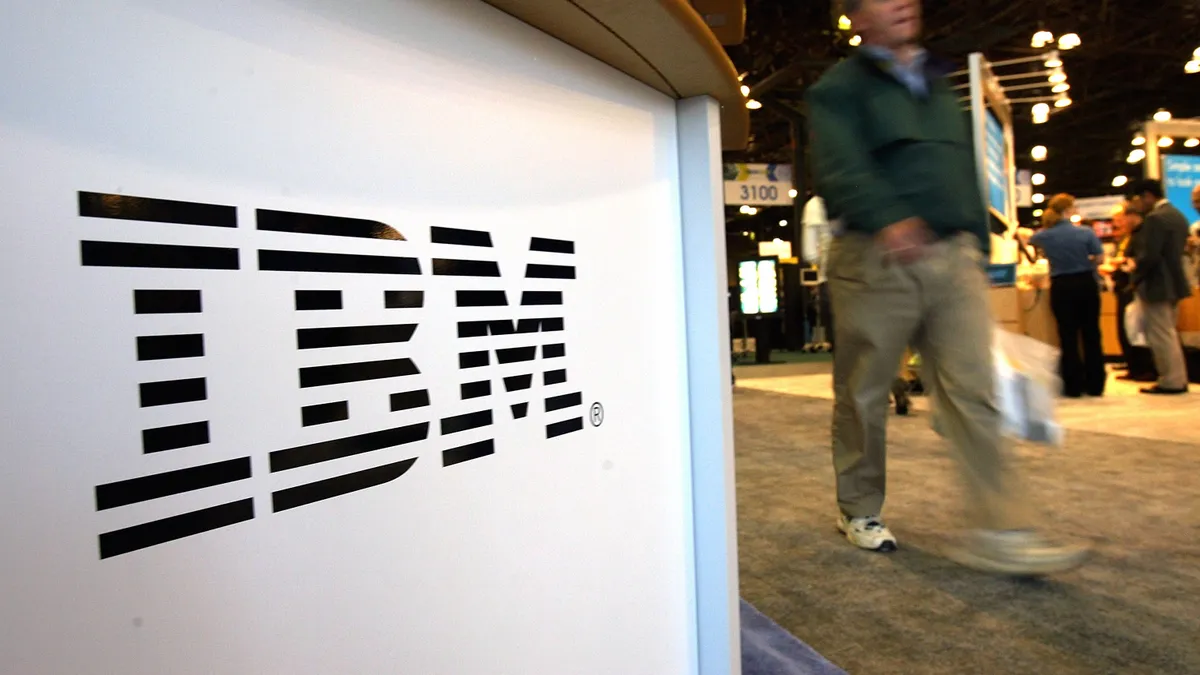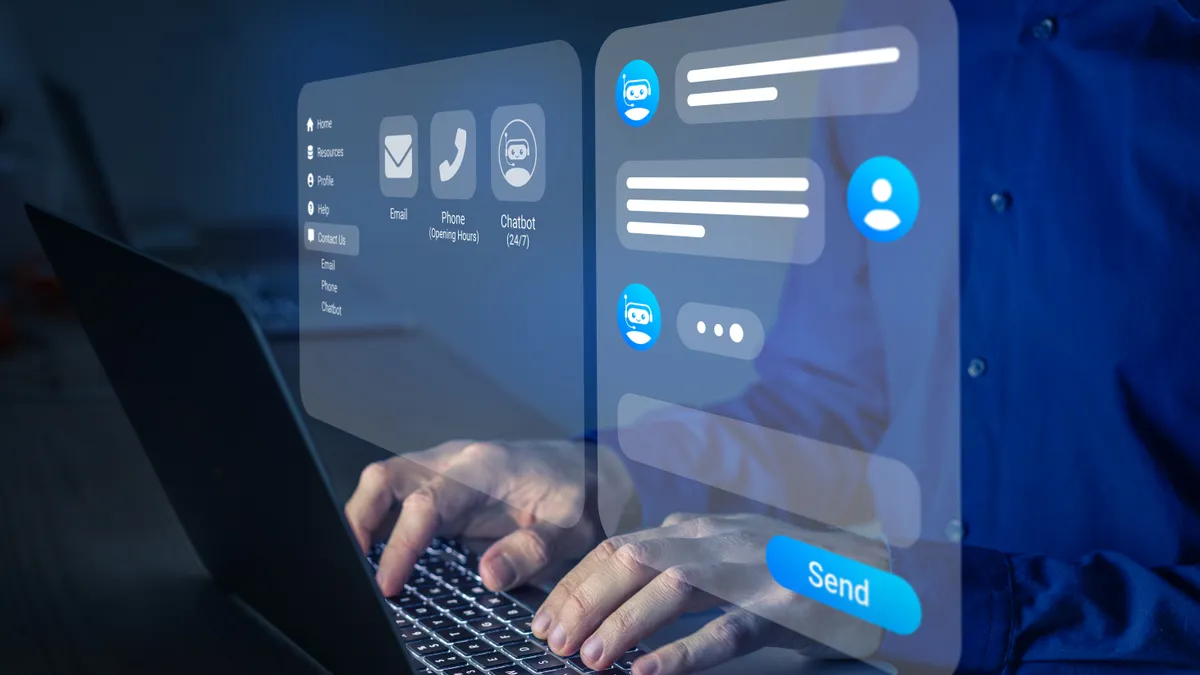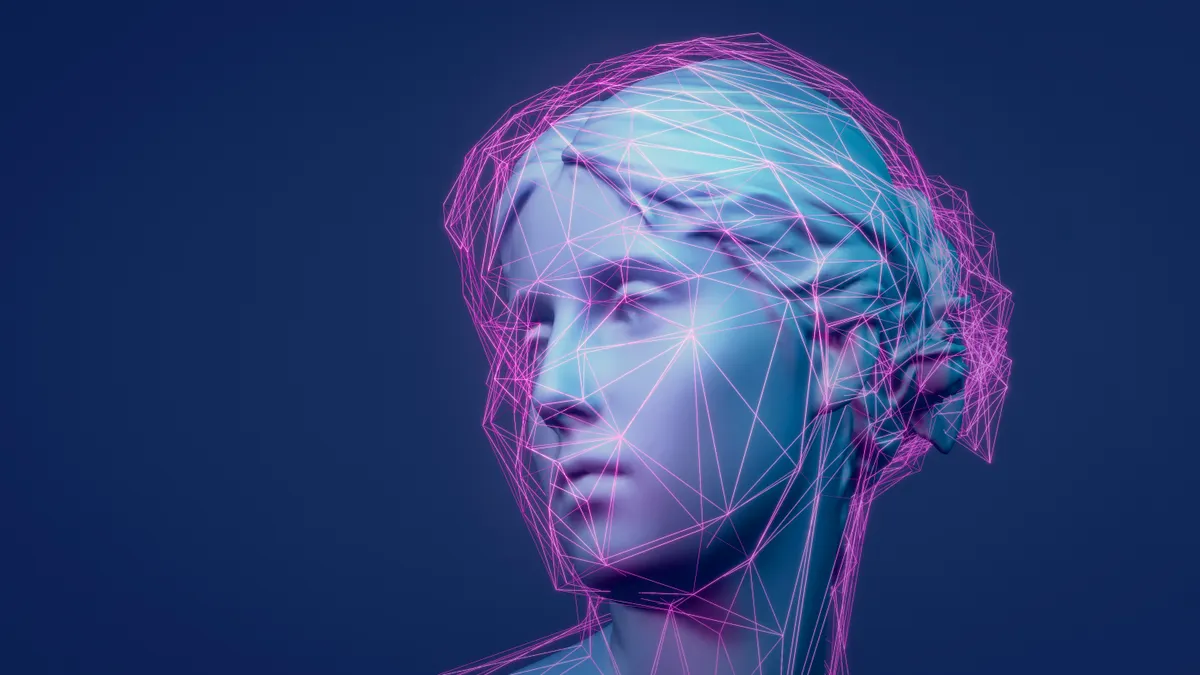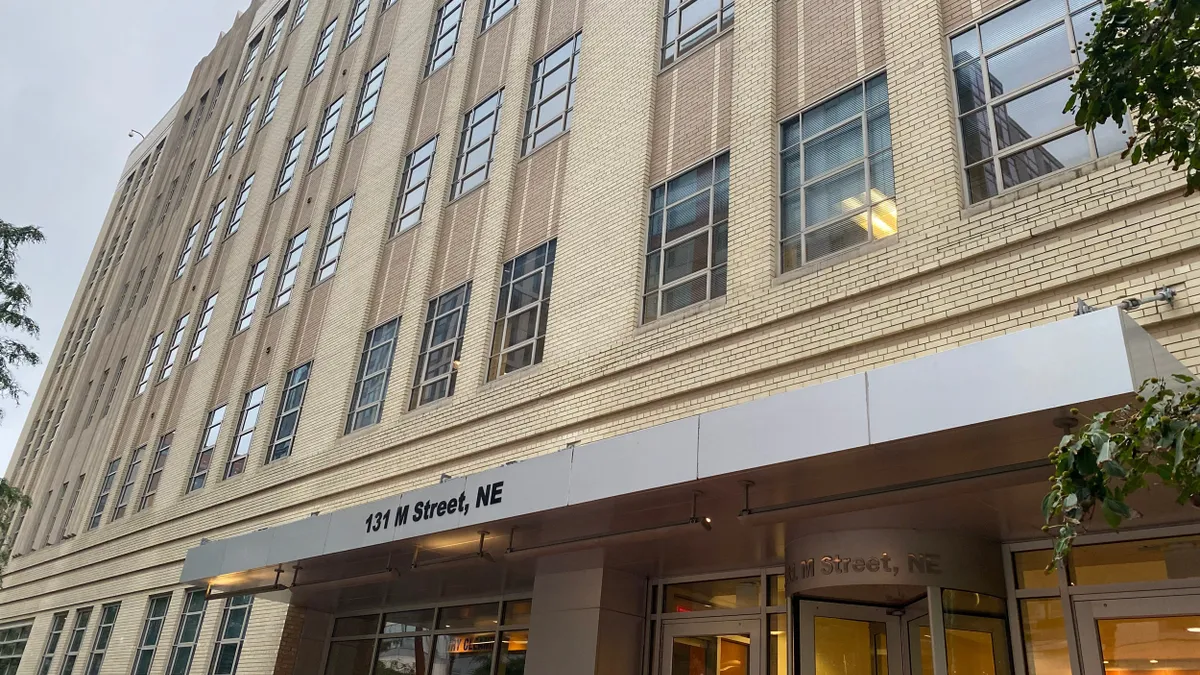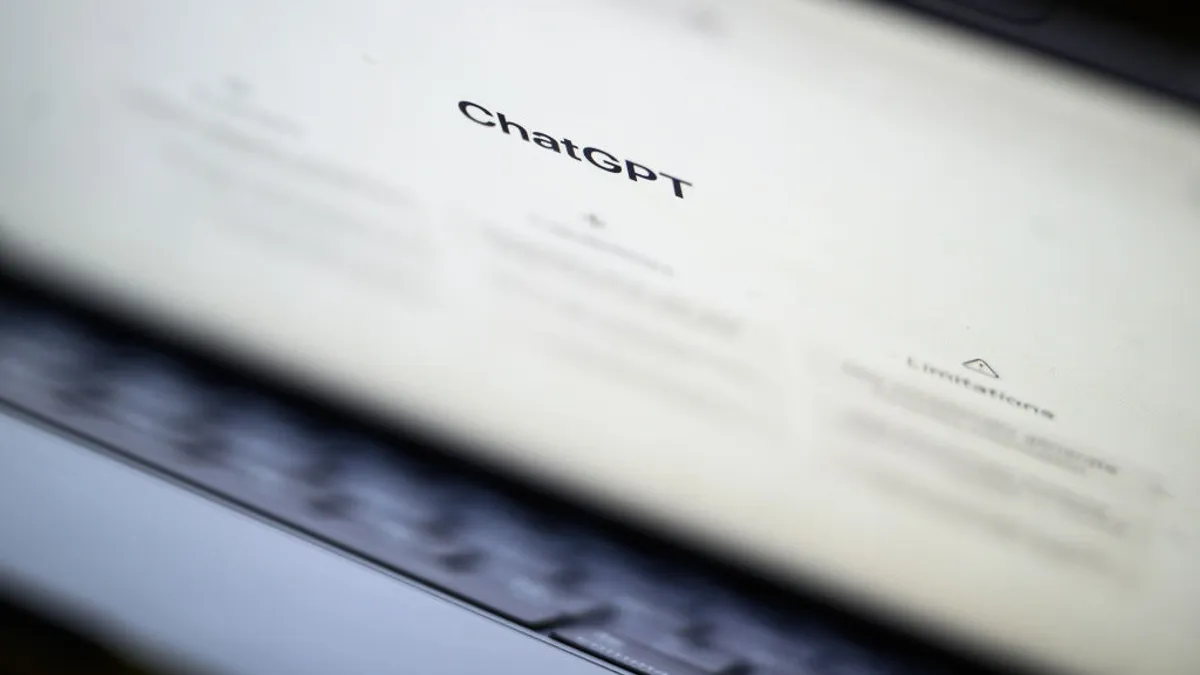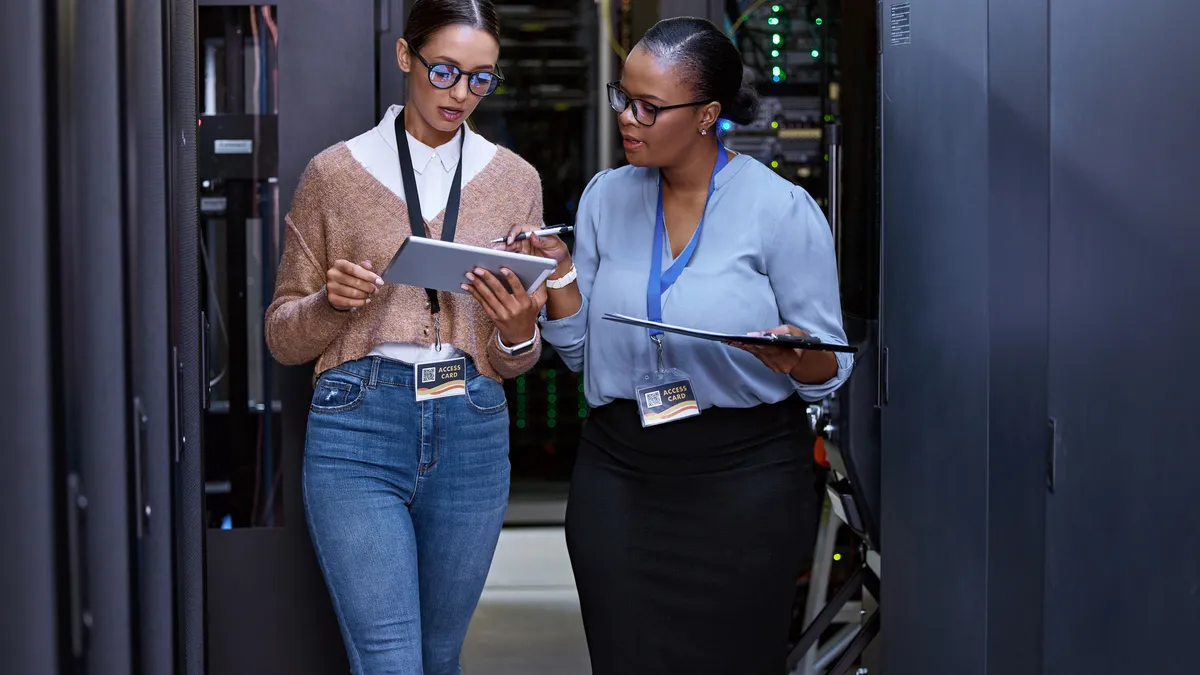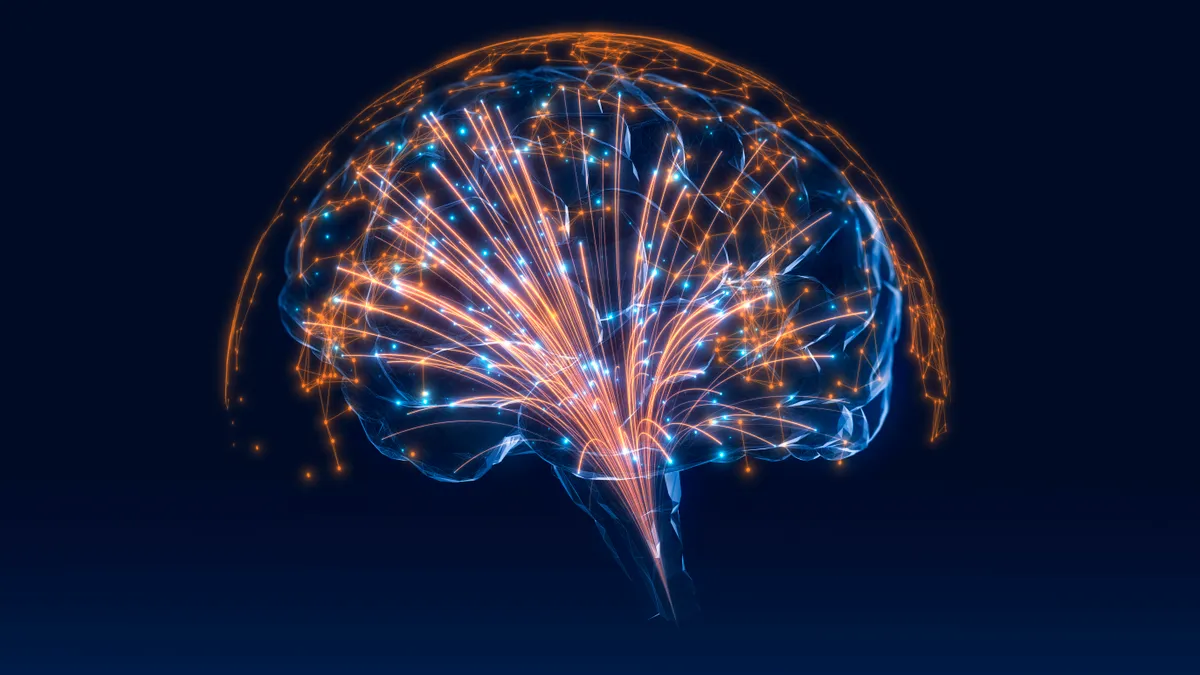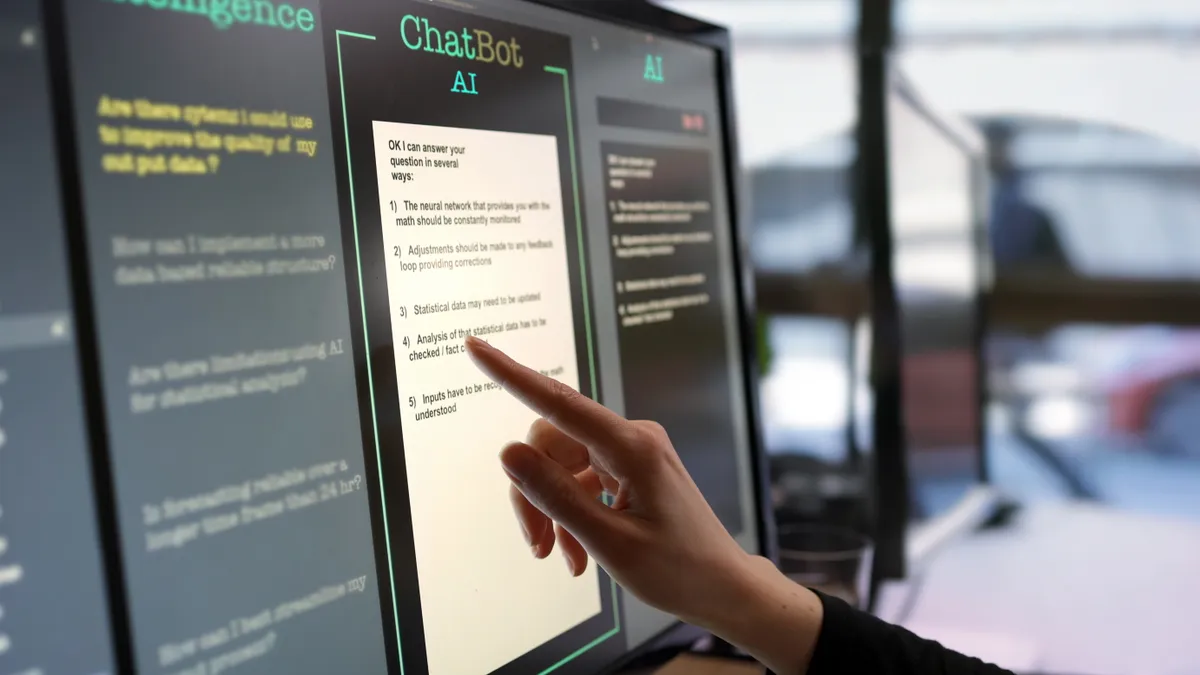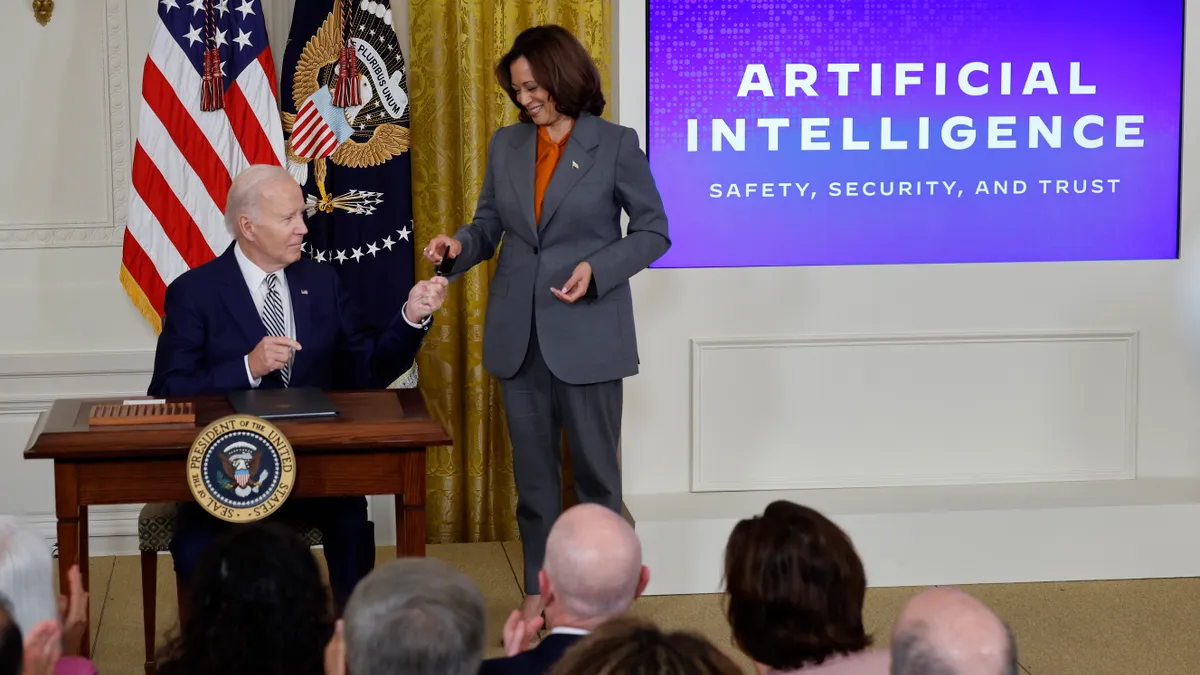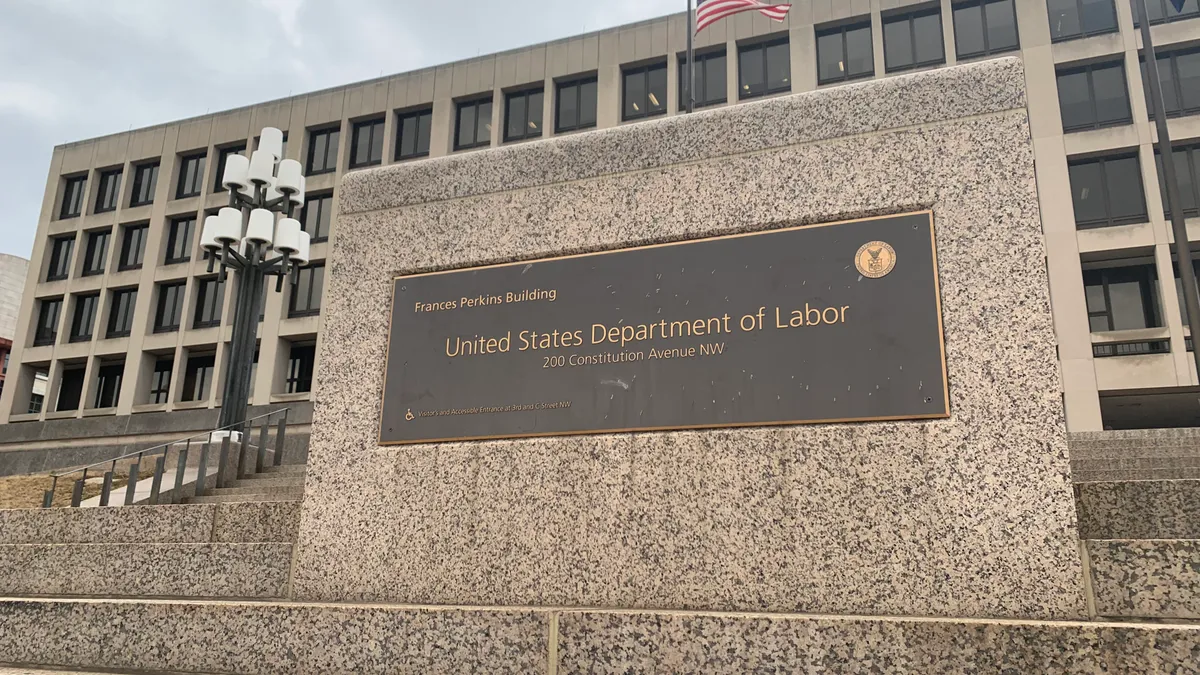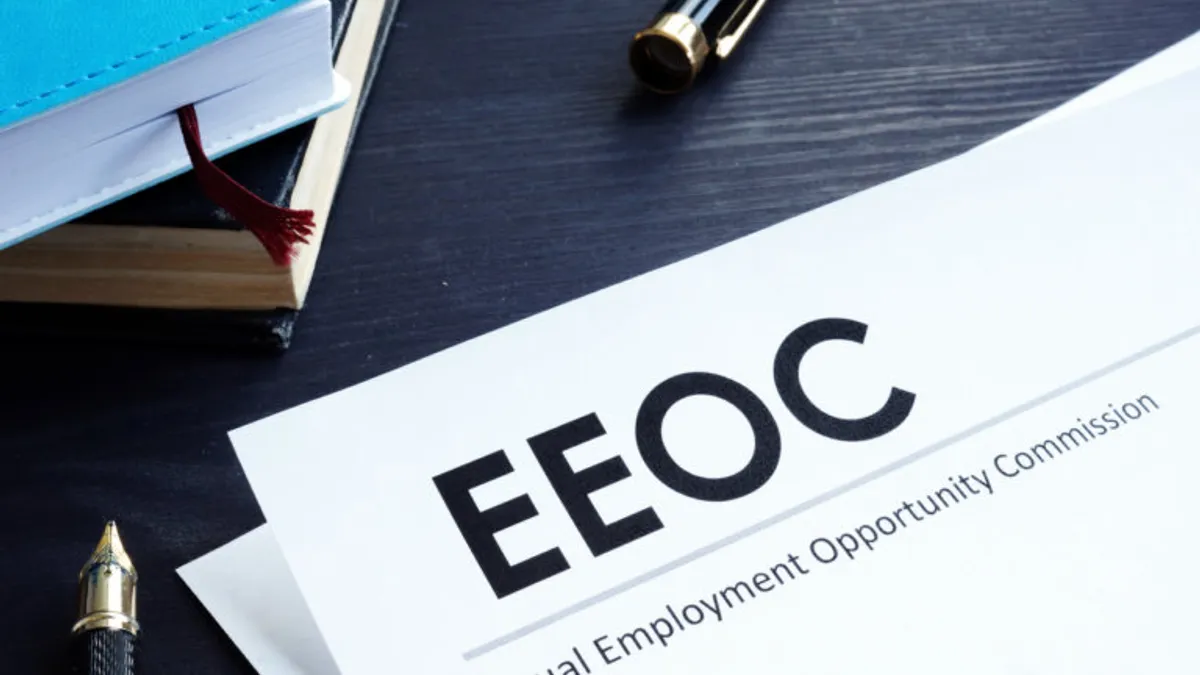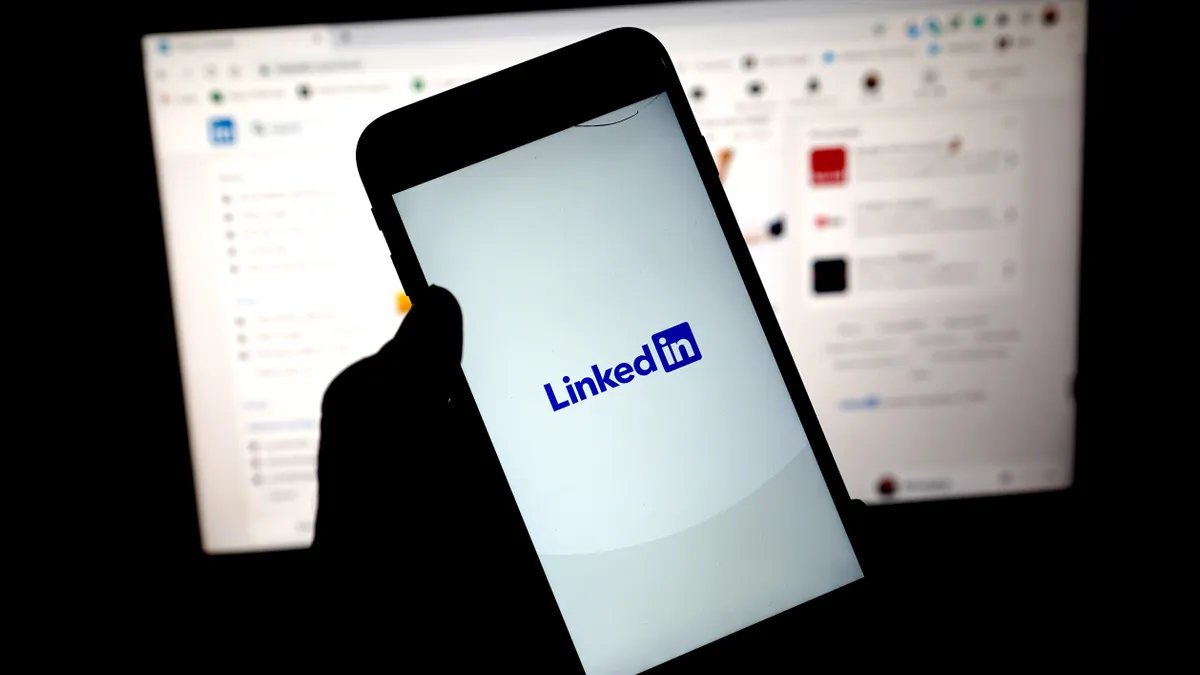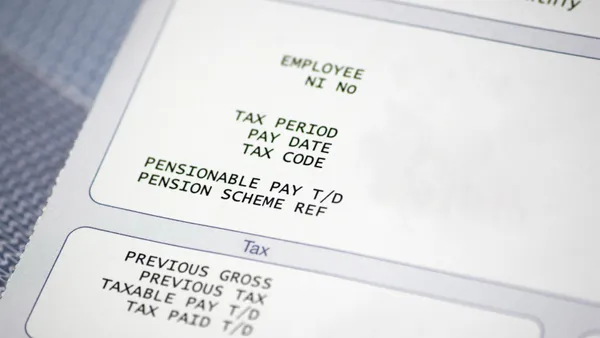The world’s largest private employer is rolling out a generative artificial intelligence tool to frontline employees in what may be remembered as a milestone for workplace technology.
In an Aug. 30 LinkedIn post, Walmart’s Executive VP and Chief People Officer Donna Morris announced the launch of My Assistant, a generative AI program for the company’s associates that the company said will speed up processes such as drafting, summarizing large documents and problem solving.
The program is available to some 50,000 employees via both desktop and mobile interfaces, CIO Dive reported, and is intended to boost employee productivity as well as creativity and innovation, according to the announcement.
“Ideally, this technology will free [employees] from monotonous, repetitive tasks, allowing more time and focus for improving the customer/member experience,” Morris and co-author Cheryl Ainoa, executive vice president of new businesses and emerging technologies at Walmart, wrote on LinkedIn.
Though mainstream users became aware of generative AI less than one year ago, the tech has become increasingly present in workplaces. That is thanks in part to legacy vendors that have rolled out their own generative AI offerings. Two of the most prominent are Microsoft’s 365 Copilot and Google’s Duet AI, which integrate AI into software that is already widely used by employees, said J.P. Gownder, VP and principal analyst for Forrester’s future of work team.
For example, an employee could use the Microsoft and Google tools to quickly source images for a slideshow or build pivot tables for data analysis, all by directly communicating with an AI. Aside from speed, trackability is another advantage of these tools, Gownder said, as they can be audited for security, privacy and usage type by employers.
“Generative AI is going to lower some friction between humans and software,” Gownder continued. “It’s going to be very useful in much of the tech and software that we already use.”
The organizational AI approach is an alternative to the “bring your own AI” model in which employees apply publicly available tools to everyday tasks — often without their boss’ knowledge. A February survey of workers by Glassdoor’s Fishbowl found that more than one-third of employees were using AI tools for work, and 68% of that contingent said they did so without first informing management.
There are a few risks that come with this approach, Gownder said, including the security concerns inherent in feeding sensitive organizational data into an AI tool, as well as the problem of AI “hallucination” that sees some programs provide inaccurate or false information in response to a user prompt.
All generative AI programs present some potential downsides, however, Gownder noted. Authenticity is one such concern, particularly if AI is used for drafting and messaging purposes.
“If I were to send you an email, you’re not going to know if I wrote it using an assistant or if I just let Copilot write it, and I think there is a difference in knowing which of those scenarios is true,” he said. “If we sent a personalized email from the CEO, but it’s not actually written by the CEO, what’s the actual level of authenticity in that communication?”
Employers already have some awareness of AI’s limitations. Morris and Ainoa wrote that while the tech has the potential to help workers perform their jobs faster and more efficiently, “it lacks judgment, has a limited understanding of context and is only as good as the data it’s trained on.”
Training is key for employees, too. An IBM Institute for Business Value report found that reskilling poses a challenge to AI adoption. Gownder said employers that roll out AI should take charge in order to ensure workers get the most out of the tech.
“If you’re deploying [AI], it is your responsibility to train workers,” he said. “Your return on investment also depends on workers using the right skills. They’re not going to be effective if employees aren’t using them properly.”
And even if an organization decides to prohibit users from bringing their own AI to work, the widespread availability of generative AI platforms could still present some tension, Gownder said.
Despite these concerns, employee enthusiasm for AI has grown by some measurements. A recent Robert Half survey found that about 4 in 10 U.S. employees said they thought generative AI would have a positive effect on their careers, including more than half of HR professionals in the survey. That enthusiasm is all the more reason for employers to take time to consider how they will approach the subject, according to Gownder.
“You really need to think carefully about the users you’re intending to deploy AI to,” he said. “It’s going to be a long journey.”



